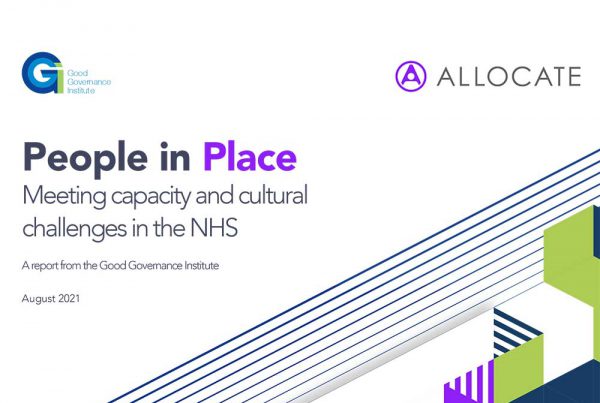Over the past few months I have been reflecting on the characteristics of effective eRostering. Below are five characteristics I most commonly see in organisations that are realising the benefits from eRostering.
1. Executive Ownership and Policy
eRostering is a powerful tool that requires people and process at all levels in the organisation to be aligned behind the goal of realising significant benefits for the organisation, its staff and patients. Such alignment requires Executive ownership, leadership and accountability.
The Accountable Executive needs to agree a Roster policy which is a prerequisite to successful eRostering. The policy not only defines what good looks like, it empowers the front line staff who create, approve and manage rosters to make the decisions required for effective rosters (e.g. defining approval limits for annual leave empowers managers to decline some leave requests).
2. Rostering for Patient Safety and Outcomes
Organisations need to ensure sufficient thought is given to the design of Roster templates so the rosters are safe and that staff will have the right skills and competencies required to deliver the best possible patient outcomes. e.g. there is a Nurse In Charge, the right number of staff on duty to deliver IV therapy, the mix of staff on duty will provide right levels of care. This will enable the eRostering tool to flag if an unsafe roster is being proposed for approval.
3. Operational and Performance Management
Key rostering KPIs need to be owned at all levels, from the CEO to the ward. They need to be integrated into operational management processes and reviewed on a regular basis and reported at Board monthly.
Review and challenge meetings should be established to support the process of roster improvement, driving both improvements to the cost and quality of rosters. These meetings take the form of senior clinical and operational management meeting with those responsible for approving rosters, to review the detail of planned and worked rosters to ensure policy compliance and opportunities for improvement have been identified and acted upon. These forums should include appropriate representatives from Human Resources and Finance to ensure blocks to improvement (e.g. working restrictions or budget and establishment issues) are swiftly dealt with and allowing for triangulation workforce, budget and temporary staffing data
4. Organisation skillset and resources
Maximising the potential of an eRostering system requires the organisation to invest in the appropriate resources and skills to administer, support and promote the system. Organisations should invest in people who can combine technical understanding with change management and organisational engagement capability. The potential for improvements in staff morale, patient safety, service delivery and productivity from eRostering means that under investment in this regard is a false economy.
5. Mobile Technology Adoption
Organisations should leverage mobile technology both to aid staff engagement and to deliver a more responsive workforce matching the supply of staff to unfilled demand. Today’s mobile technology provides staff with the ability to view their roster and to request changes or book available bank shifts from their phones via an app. This supports both work life balance and more effective rostering. For example people who can see how much leave has already been booked are less likely to request leave when they know this will put their colleagues under pressure, increase costs or create patient safety concerns.
There are many resources available to help those trying to maximise the impact of eRostering. I would highly recommend the NHS Improvement Good Practice Guide: Rostering, other Allocate resources can be found here and we have a selection of videos that include case studies to help inspire you and share learning from organisations making a difference here.
[simple-author-box]





